The Anti-Aesthetic

Southern Gothic Realized
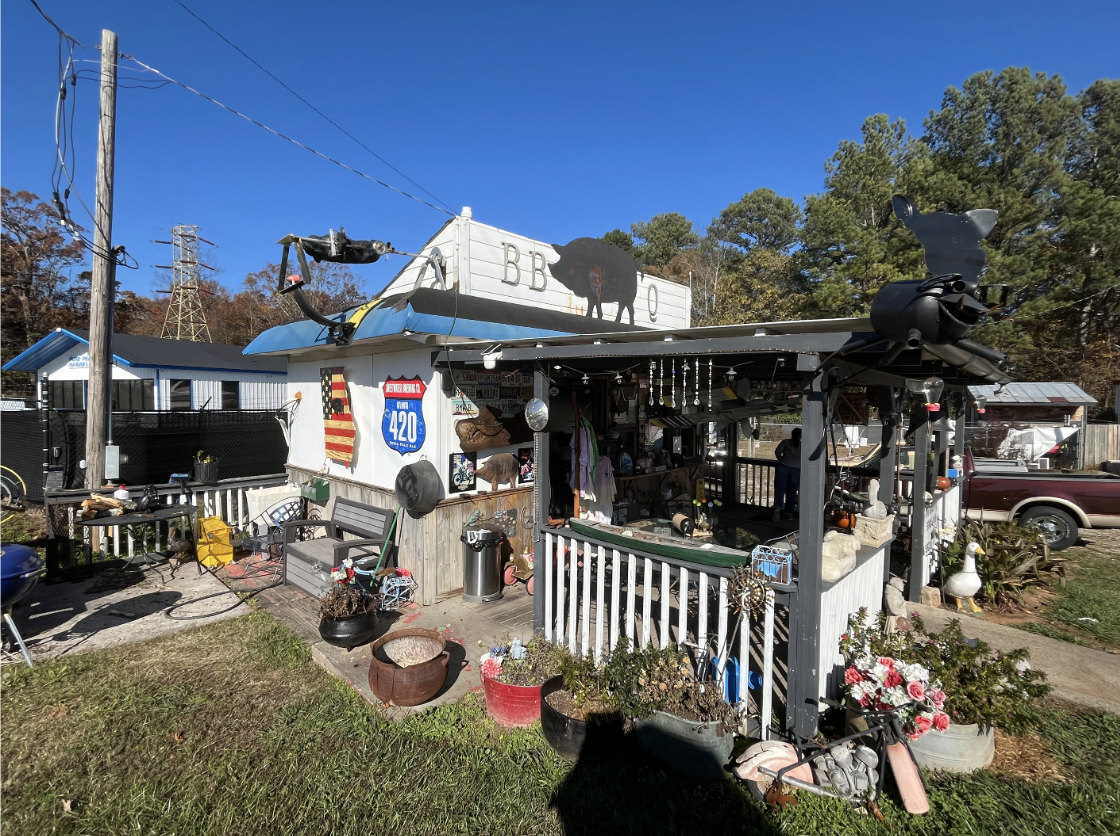
The genre of Southern Gothic has recently made its way into Gen-Z mainstream popular culture with the resurgence of young people finding comfort and solace within the themes this genre presents. In the face of a conservative turn the nation is taking, young people are connecting with the Southern Gothic in a new cathartic way. The genre of Southern Gothic acts as commentary on religious fanaticism, racism, patriarchy, and homophobia by elevating these themes in a supernatural way to critique them. The genre plays on themes specific to the history and culture of the South to express feelings of decay, horror, oppression, the supernatural, and being doomed by the narrative.
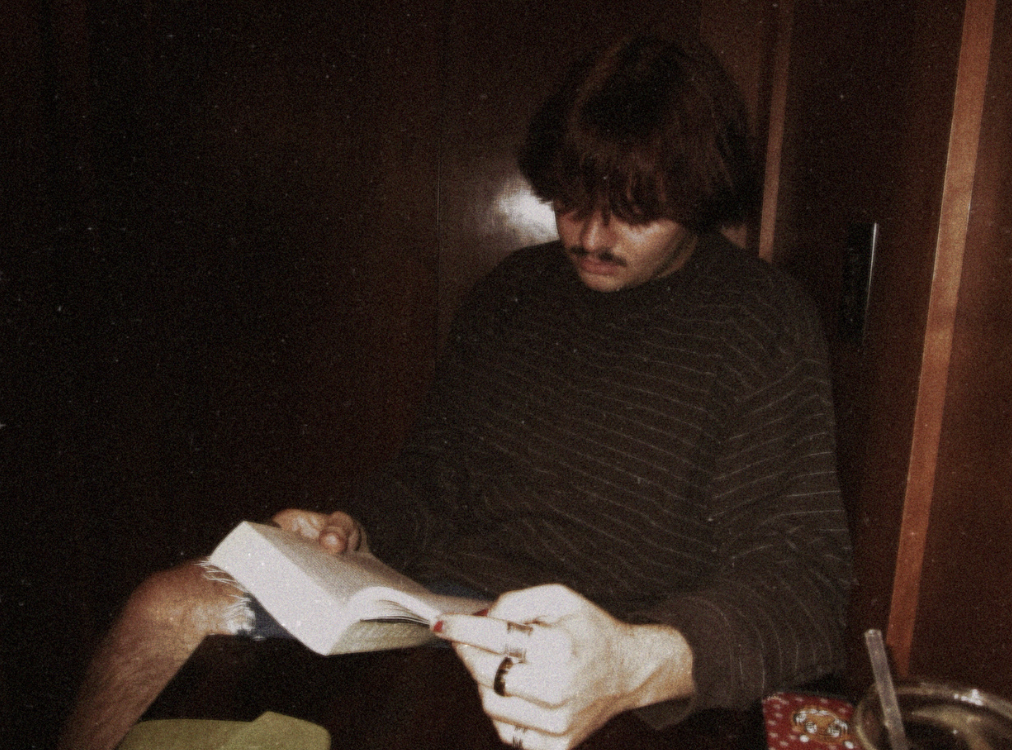
Taigh Moran, a 20 year-old college student, feels particularly connected to the genre, especially moving into his teen and adult years. When asked why he felt connected to and seen by the genre Taigh Moran said “Southern gothic music and literature offers an experience for me to touch into themes that embody the world around me as a young person living in America”. Gen-Z is feeling disillusioned by
conservative values and promises and is feeling vindication through that being recognized in Southern Gothic.
But where did this genre come from, and what inspired it?
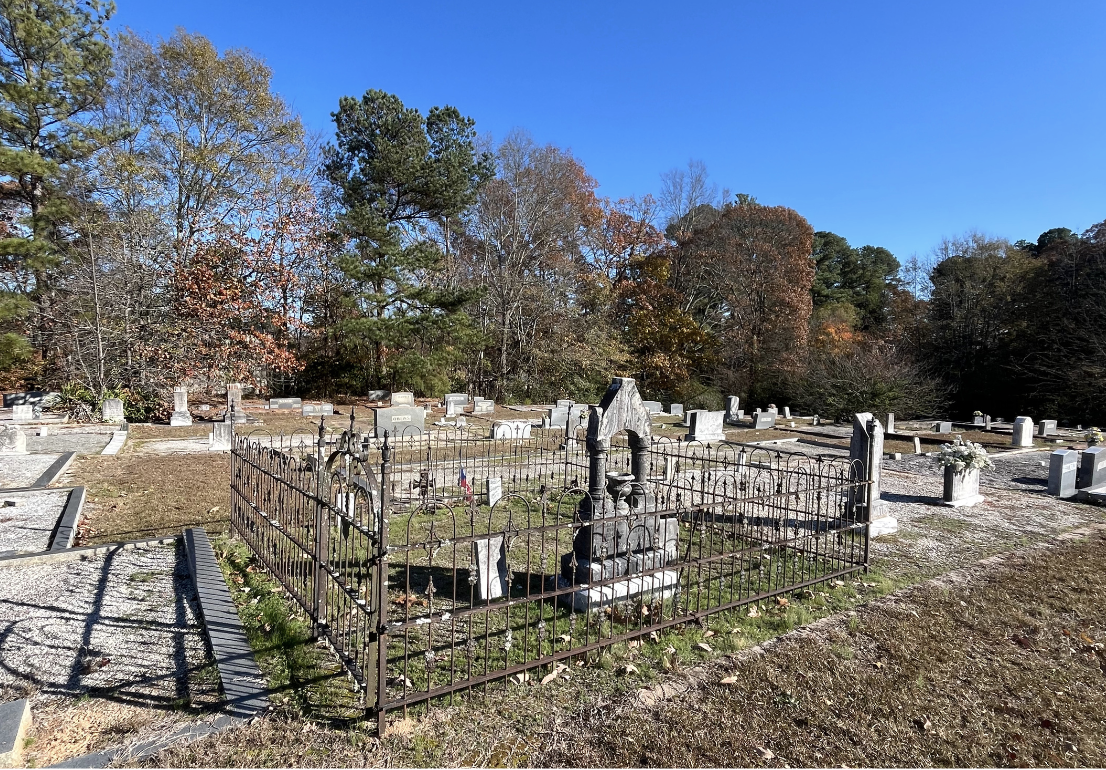
The origins of the Southern Gothic genre are largely credited to William Faulkner who wrote from Mississippi in the 1920s. The genre came to life by Faulkner responding to the flaws he saw in theconservative, religious, racist, and misogynistic world around him and rejecting it. This world that has expanded beyond literary pages into photography, music, art, and even fashion aesthetic all began from personal experience. This genre which is largely seen as quite dark, grotesque, and even terrifying is rooted in the fact that the genre is inspired off of tangible cultural realities. The horror of this genre is that it's real. This reality can be found within my own personal hometown of Buford, Georgia where the Southern Gothic is not a genre or aesthetic, but a real lived experience.
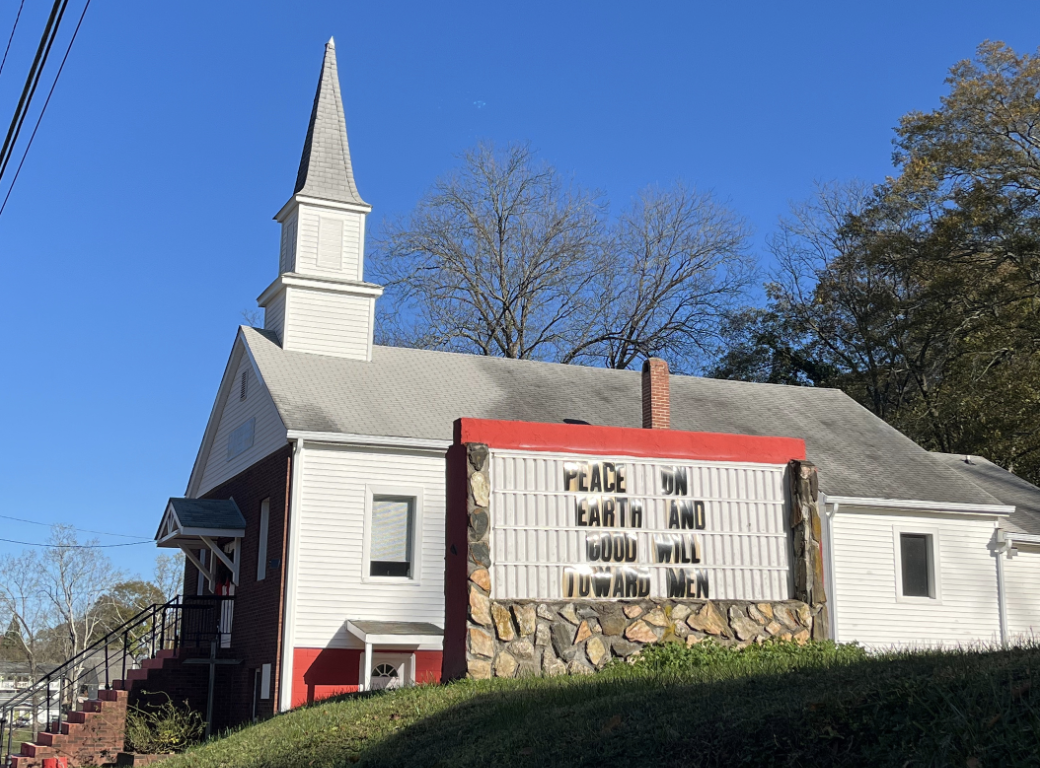
The church featured above has been active in my hometown for over 80 years and still has Wednesday youth group and Sunday service every week. Throughout the Bible Belt, church acts as the crux of social life, serving as a third space besides work and home. Church is where people in the community are able to come together and commune. Because of this, Christianity is deeply embedded in the Southern culture making religious iconography inescapable, as its displayed everywhere in road signs, schools, and advertisements.
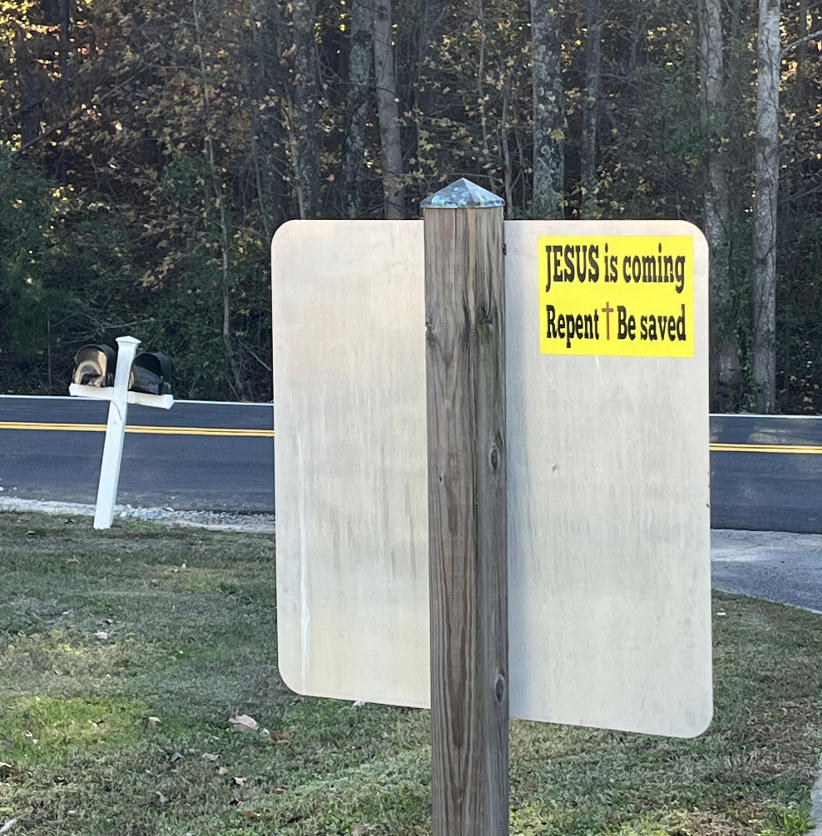
Whether or not you choose to be an active participant in Christianity, its themes and doctrine are inescapable, because churches and road signs are everywhere. Its messages are plastered along the road with the purpose of inflicting spiritual hope and fear to boost membership and encourage people to attend church. As people are attending church in large droves, conservative voter blocks are stronger, and
religious vigor becomes intertwined with the republican agenda throughout the South.
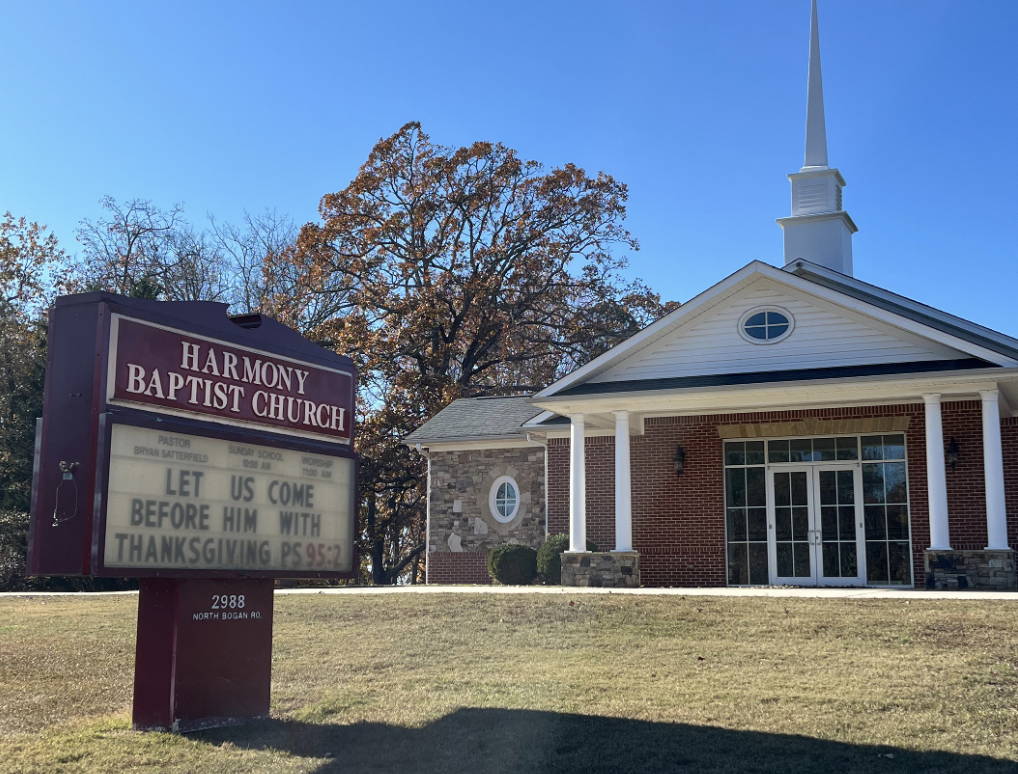
This is why religious iconography, particularly road signs, are used within the Southern Gothic aesthetic, because for the people who see it everyday, the iconography serves as a constant, looming reminder of religion’s promise of hell and the threat of sin.

Conservative values and ideas are intertwined with religion in the South, which encourages most Christian voters to become “values voters”. Religious hold on government has allowed for anti-LGBTQ+, anti-abortion, and racist legislation to be passed. Since the fall of Roe v. Wade, Georgia has initiated a six week abortion ban, which has already led to the death of Amber Thurman. The display of Trump flags, Christian flags, and other conservative symbols are used as a way to establish dominance and ideas. Saturation of these ideas and symbols leads to desensitization, resignation, and conservative robustness.
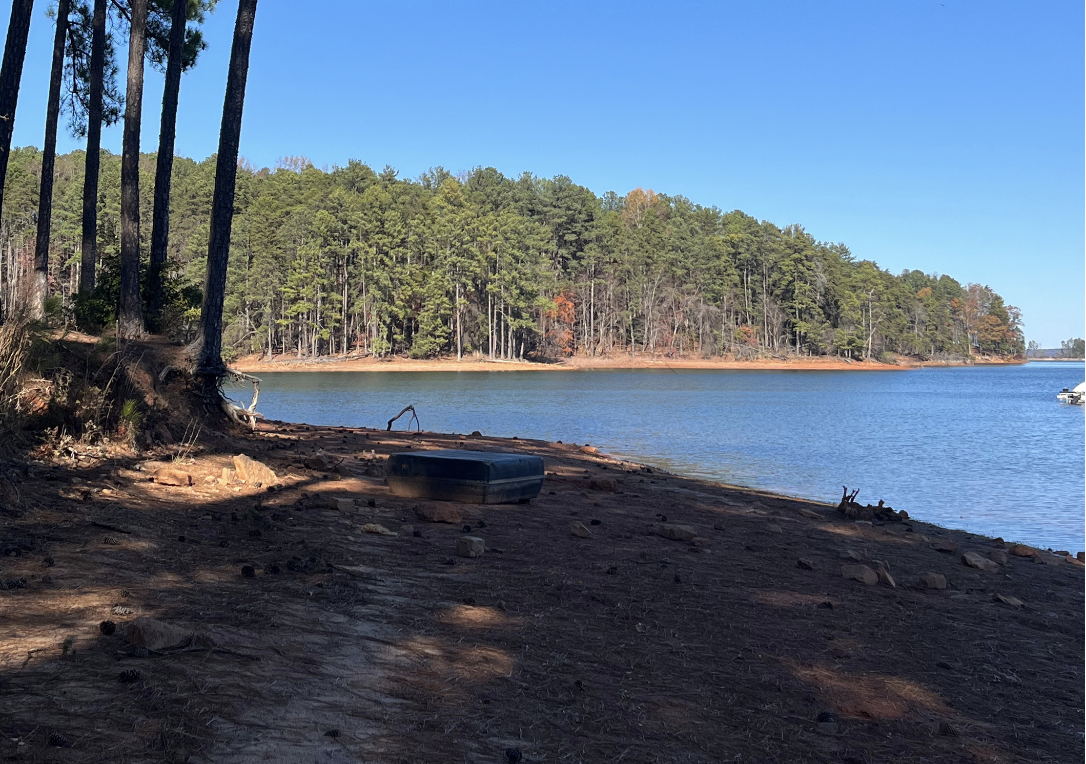
A large moving theme within Southern Gothic is the power of the supernatural and the mystical realm. Lake Lanier, found in Georgia, is a man made lake that was created in 1956. The lake was created by flooding an entire Black neighborhood and community called Oscarville. In the process, numerous lives were lost in the flooding with businesses, homes, churches, and graves that were submerged in the process. Because of this tragedy, ghost stories have emerged. Locals claim that the lake is haunted by the spirits ofthose who were drowned and displaced to create the lake, and many have reported seeing ghosts and feeling invisible hands pulling at their legs.
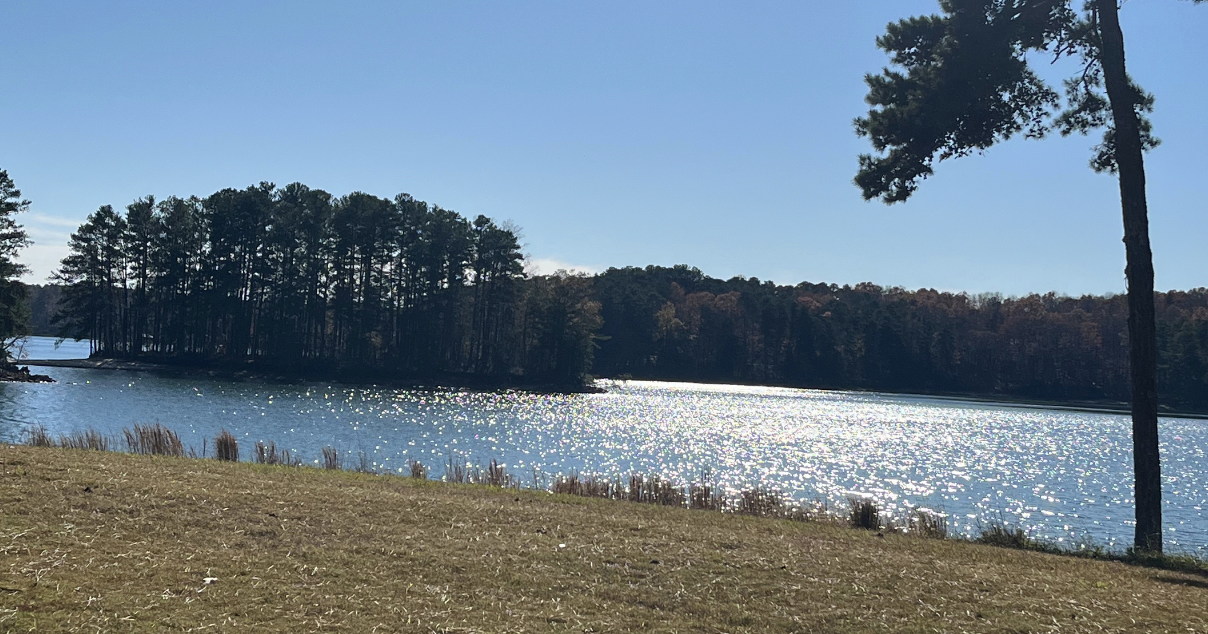
Lake Lanier has an estimated death toll of 700 people since its creation, and has near constant reports of missing people and bodies since 1956. Swimming and boating on the water is incredibly unsafe because none of the neighborhood was cleared before they flooded the land. This left an uneven surface at the bottom of the lake which causes very strong currents. Because of its history and danger, the lake itself has become legendary across the United States and serves as a living example of the Southern Gothic.
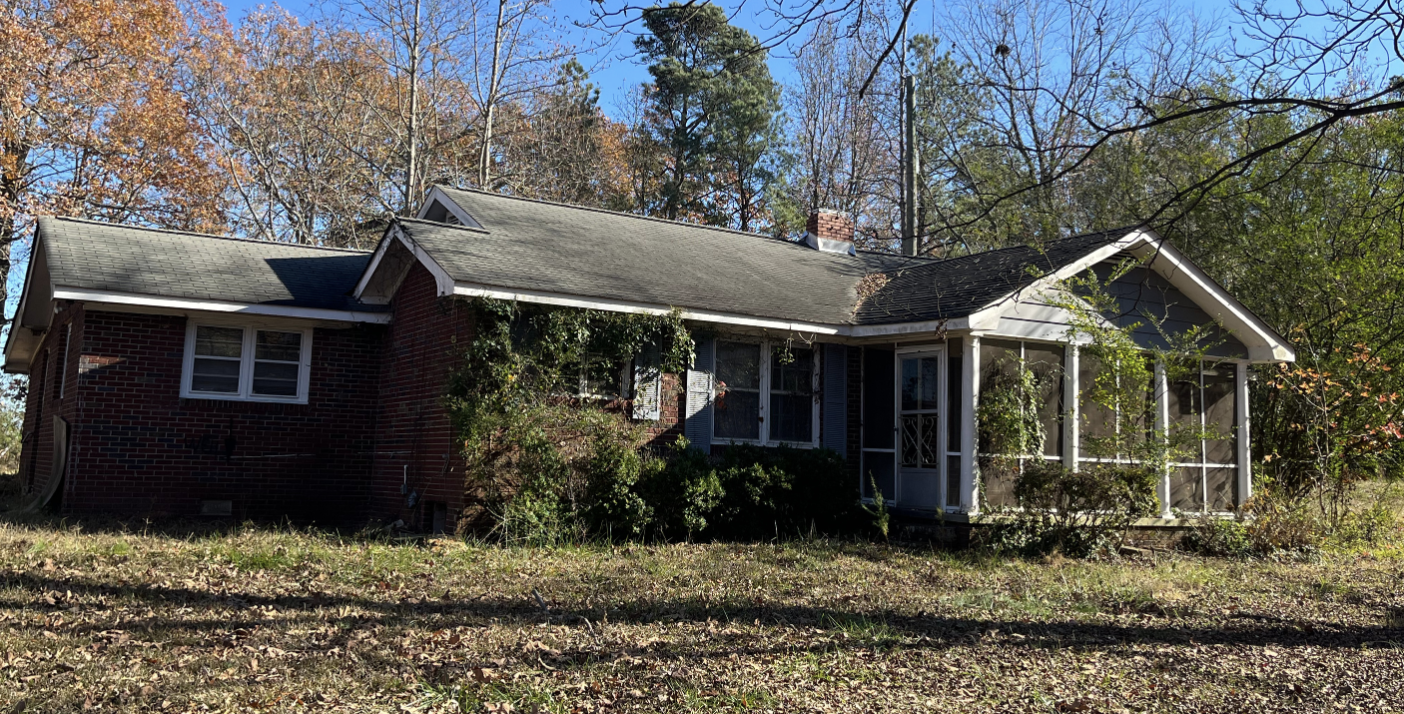
Southern Gothic, the genre that has brought comfort to a new generation, is rooted in real cultural consequences and exists to critique and change the social norms. This genre and aesthetic is birthed from a real place with real people fighting against the weight of history, oppression, and given circumstances.
